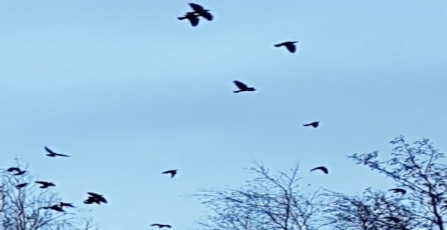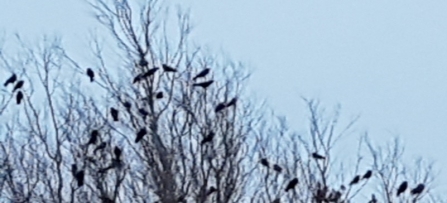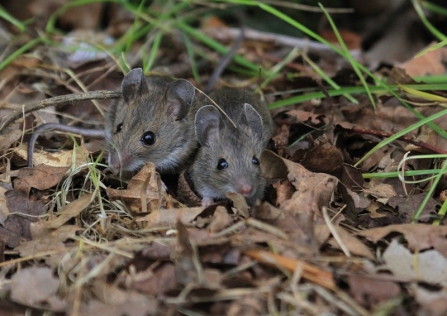In late February we experienced an eerie heatwave, and I spent some time in the garden for the first time this year.
Our home was filled with the territorial calls of garden birds. Two male robins battled for territory, whilst a wren with its powerful trill forcefully claimed its place in the garden. I also discovered that the dunnock, with its unremarkable plumage, has rather a pleasant song to sing. Three dunnocks darted and careered around the garden, with the female wing-shivering and shrilly calling to the two males at the start of their complex courtship. Local magpies collected sticks for nest building, marking the countdown to their breeding season in late March, and in the undergrowth something else stirred, a mouse claiming it’s territory for the coming spring.




